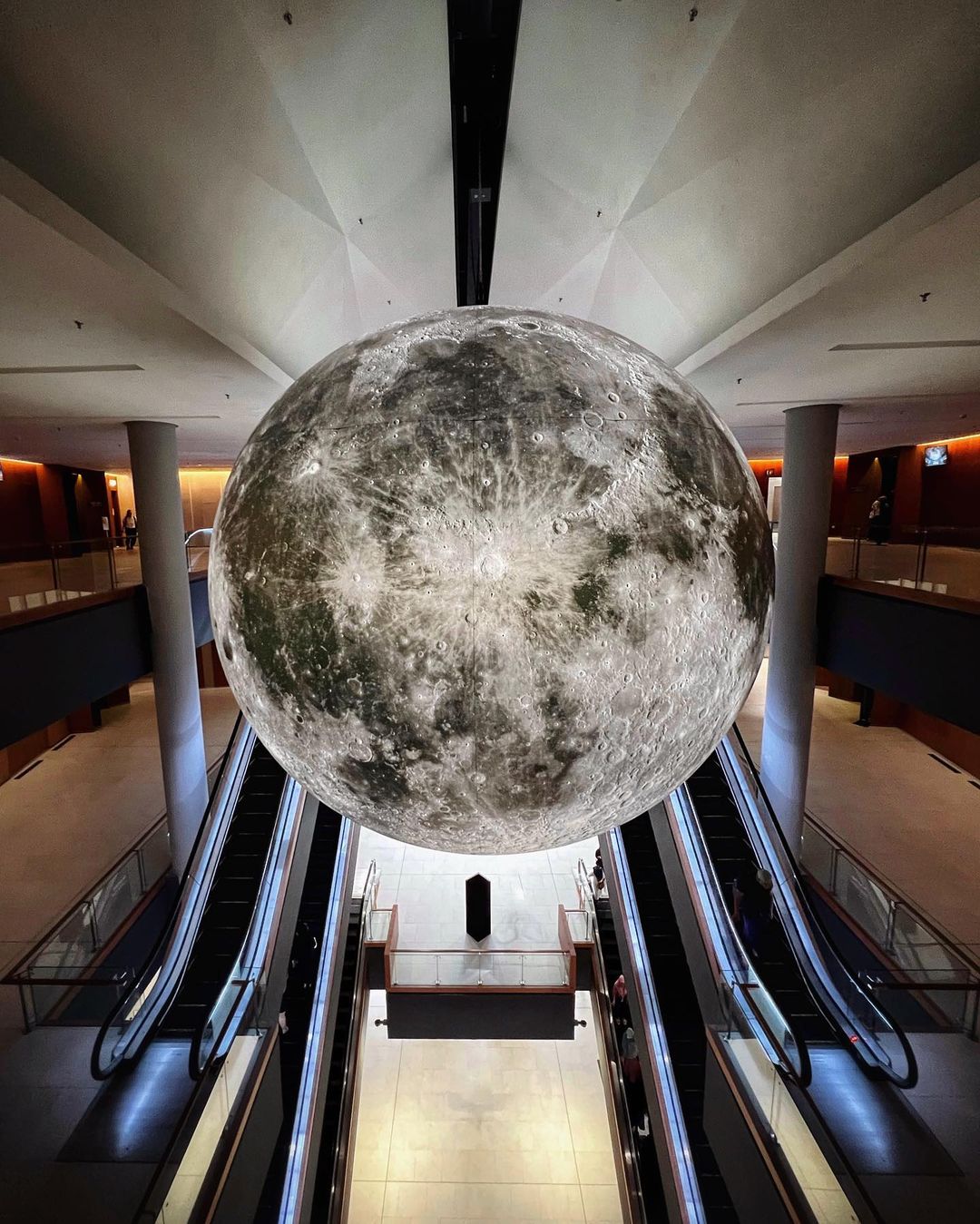Trip With Time at Borneo Cultures Museum
Wiki Article
Delve Into the Remarkable Globe of Borneo's Cultural Heritage: A Comprehensive Guide to the Cultures Gallery Experience
Submersing oneself in the elaborate tapestry of Borneo's social heritage is similar to starting a voyage through time and practice. The combination of indigenous people, conventional inventions, fascinating performances, and historic narratives housed within the boundaries of the island's museums uses a glimpse right into a world including extensive heritages and dynamic customs. As visitors go across through these databases of society, they are beckoned to discover a realm where past and present intermingle, welcoming contemplation on the strength and richness of Borneo's diverse heritage.Aboriginal Tribes of Borneo
Borneo is home to over 50 native people, each with distinct social practices and customs that have actually been protected for generations. Amongst these people are the Iban, known for their complex tattoos and traditional longhouses where multiple households live. The Dayak individuals, another popular team, involve in elaborate spiritual ceremonies and are knowledgeable artisans, crafting elaborate timber makings and woven fabrics. The Penan people, on the various other hand, are nomadic hunter-gatherers with a deep connection to the rainforest, using blowpipes for searching and celebration wild plants for sustenance.These indigenous tribes play an essential function in maintaining Borneo's abundant cultural tapestry. Site visitors to Borneo have the chance to immerse themselves in the one-of-a-kind way of livings of these tribes through social trips, homestays, and community-based tourism campaigns.
Conventional Inventions and Artefacts

One popular example of conventional inventions in Borneo is the production of woven products - Borneo Cultures Museum. Competent weavers utilize all-natural fibers like pandan, rattan, and bamboo leaves to create complex baskets, floor coverings, and devices embellished with vivid patterns that hold symbolic meanings within the neighborhood
The art of woodcarving is an additional substantial facet of Borneo's traditional handicrafts. Artisans carve intricate designs into various sorts of wood to create masks, sculptures, and musical instruments that not only serve functional purposes but likewise hold cultural importance, typically portraying folklore or spiritual beliefs.
Furthermore, Borneo is renowned for its beadwork, with artisans meticulously crafting beads from products like glass, seeds, and coverings to develop fashion jewelry, garments embellishments, and ornamental items that showcase the area's vivid visual customs. These conventional handicrafts and artefacts not just act as concrete expressions of Borneo's cultural heritage yet additionally supply insights into the areas' ideas, values, and lifestyle.

Cultural Performances and Festivals
With a deep-rooted link to their cultural customs, the neighborhoods in Borneo come active via dynamic cultural performances and festivals that commemorate their heritage. These occasions display the abundant variety of Borneo's Borneo Cultures Museum ethnic groups, each offering one-of-a-kind dancings, music, and routines that have been passed down via generations. Among the most popular celebrations is the Gawai Dayak, celebrated by the Dayak individuals to mark the rice gathering season. During this event, traditional music fills the air, intricate dancings are carried out, and fancy typical costumes are used. Another significant occasion is the Pesta Kaamatan, celebrated by the Kadazandusun area to offer many thanks for the rice harvest. This event includes cultural performances, including the Sumazau dance, and typical sporting activities like the bamboo dance. Visitors to Borneo can immerse themselves in these festivities, obtaining a much deeper understanding of the area's cultural heritage and experiencing the cozy friendliness of its people. Social efficiencies and festivals serve as a lively reminder of Borneo's abundant social tapestry and the significance of maintaining these practices for future generations.Historical Stories and Artifacts
Discovering the historical narratives and artifacts of Borneo uses a remarkable look into the region's rich past and social evolution. Borneo's historic tapestry is woven with varied influences, reflecting the interactions between aboriginal people, Chinese traders, European colonizers, and Malay sultanates. The artefacts discovered in Borneo display this complex background, ranging from traditional crafts like elaborate beadwork and woodcarvings to historical treasures such as old ceramic and devices.One of one of the most engaging elements of Borneo's historical stories is the conservation of dental customs gave with generations. These tales supply insights right into the beliefs, custom-mades, and everyday lives of Borneo's inhabitants throughout the centuries. The artefacts unearthed from archaeological sites offer tangible links to these stories, allowing site visitors to witness the material culture of previous societies firsthand.
Contemporary Cultural Preservation Initiatives

In addition, curricula and cultural exchange activities play a crucial duty in increasing understanding about the relevance of protecting Borneo's distinct social heritage. By involving schools, galleries, and the wider neighborhood in discussions and activities that celebrate Borneo's diverse cultures, conservation initiatives can acquire energy and support for long-term sustainability. Cooperations between governmental bodies, charitable organizations, and local neighborhoods are vital in driving these conservation endeavors forward, making certain that Borneo's rich social heritage stays vibrant and treasured for generations to come.
Final Thought
To conclude, the social heritage of Borneo is varied and rich, with native people, conventional inventions, cultural efficiencies, events, historical stories, and modern conservation initiatives all contributing to its originality and relevance. Visitors to Borneo's cultural galleries can gain a deeper understanding and admiration of the region's cultural heritage, permitting for a more immersive and enlightening experience.Submersing oneself in the intricate tapestry of Borneo's cultural heritage is similar to getting started on a voyage through time and custom.With an ingrained connection to their cultural customs, the areas in Borneo come active through lively social efficiencies and festivals that celebrate their heritage. Cultural performances and celebrations offer as a vivid pointer of Borneo's rich cultural tapestry and the value of maintaining these practices for future generations.
Furthermore, academic programs and cultural exchange activities play a critical duty in raising awareness about the significance of protecting Borneo's special social heritage. Partnerships in between governmental bodies, charitable companies, and local communities are necessary in driving these preservation endeavors onward, guaranteeing that Borneo's rich social heritage stays lively and treasured for generations to come.
Report this wiki page